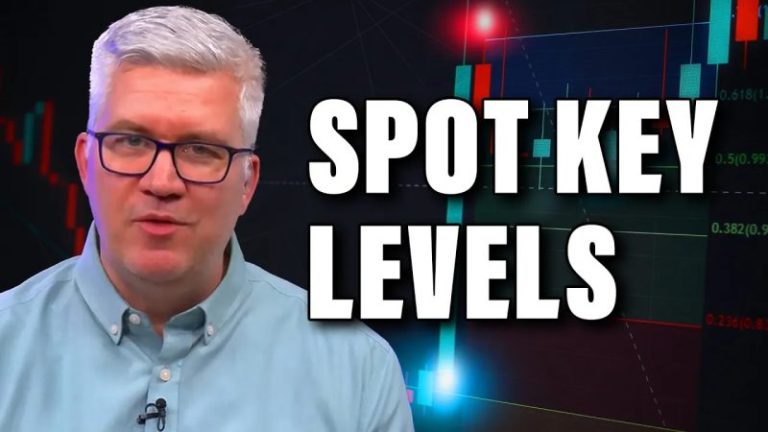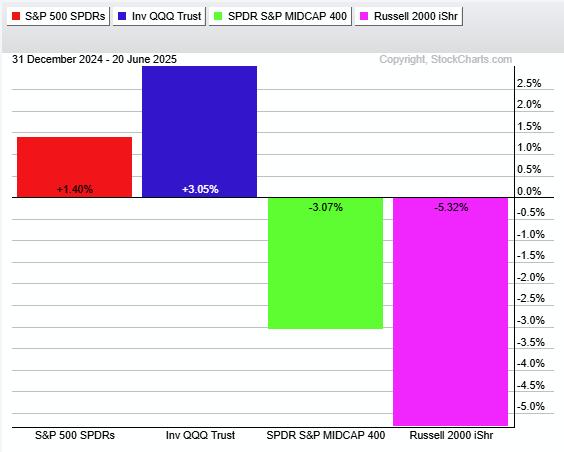It’s a Monday night in June and hundreds have braved the haze of Canadian wildfires to gather in a cavernous sports facility in the city of Red Deer, Alberta.
An Alberta team, the Edmonton Oilers, are taking on the Florida Panthers in a National Hockey League finals game tonight. The atmosphere is heavy with anticipation.
But these people aren’t here for hockey. This is a rally for Alberta independence.
It might be hard to believe, given Canadian sports fans’ recent booing of “The Star Spangled Banner,” but not all Canadians took offense to US President Donald Trump’s questioning of their country’s sovereignty.
In oil-rich Alberta, where a movement for independence from Canada appears to be gathering steam, many see in Trump a powerful and important ally whose haranguing of their former Prime Minister Justin Trudeau was as welcome as his calls to “drill baby, drill.”
Though some see US statehood as a step too far, many in the Red Deer crowd believe the US president – as a fellow pro-oil conservative – would recognize a breakaway Alberta should a vote on independence go their way.
“Donald Trump is not the savior of the world,” says Albert Talsma, a welding contractor from Bentley. “But right now he’s North America’s best asset.”
With their “Make Alberta Great Again” hats, “Alberta Republic” T-shirts and posters declaring “Albertans for Alberta!” it’s not hard to see parallels to the US president’s MAGA movement and the forces that inspired it.
Separatists here have long argued that Canada’s federal system fails to represent their interests; that the federal government’s efforts to stymie climate change are holding back Alberta’s lucrative oil industry (the largest in Canada); that they pay more than they get back through federal taxation; that their conservative values are drowned out by the more liberal eastern provinces.
“Alberta hasn’t been treated fairly since 1905, when we joined Confederation. They basically used the west as a colony, to take wealth from the west to support the east,” says Kate Graham, a singing grandmother from Calgary.
She opens the rally with a rendition of Janis Joplin’s “Mercedez Benz,” the lyrics modified to promote independence. Like Janis, she sings it a cappella, before spending much of the rest of the event at a booth by the door, selling merch emblazoned with the slogan “I AM ALBERTAN.”
Similar disenchantment is voiced by a steady stream of Albertans, each venting against their mother country on a stage flanked by a large provincial flag strung across a soccer goal.
“They want to stifle our (oil) industry,” says Mitch Sylvestre, a businessman from Bonnyville and one of the rally’s chief organizers, his hoarse voice echoing over the PA system.
“We have cancer. We have a problem,” says Sylvestre. “We have it large.”
In a strange twist, the push to get Alberta out of Canada has gained momentum just as much of the country has united in patriotism in the face of Trump’s tariffs and threats of annexation.
Soon after Prime Minister Mark Carney’s Liberals rode a wave of anti-Trump sentiment to win the 2025 federal election in April, the Alberta Legislature passed a law making it easier to organize a referendum on independence.
Under the new law, petitions for a province-wide vote now require just 177,000 signatures – down from 600,000 previously – and those signatures can be gathered over a period of four months rather than three. The province is home to nearly 5 million people, according to Statistics Canada, representing more than a tenth of the population of the entire country.
One of the most vocal advocates for a referendum is Jeffrey Rath, a lawyer and co-founder of the Alberta Prosperity Project (APP), which organized the Red Deer rally.
Rath, well over six feet tall in a cowboy hat and boots, has a ranch just outside of Calgary. He raises race horses there and follows the sport closely, especially the Kentucky Derby – where this year, he notes with a grin, “’Sovereignty’ beat ‘Journalism.’”
“If you wanna know what’s special about Alberta, just look around, right?” Rath says with a sweep of his hand.
The view from the rise above Rath’s horse pasture is superb: quaking aspen, white pine and green rolling hills.
“It’s one of God’s treasures on earth. And the people here are very distinct people that have a very distinct culture and that are interested in maintaining that culture.”
In Rath’s eyes, Trump’s attitude toward Canada is an opportunity. His group is counting on US government support in the event of success at the ballot box.
“Trump’s election has given us a lot of hope,” Rath says. “If anybody is going to have the guts to recognize an independent Alberta, (it) would be the Trump administration.”
Separatism is not new in Canada, but it’s only had real political power in the predominantly Francophone province of Quebec, which has numerous pro-independence parties and voted in two referendums on independence in the past 50 years, rejecting it by a 60/40 margin in 1980 and by around one percentage point in 1995.
In Alberta, enthusiasm for separation has waxed and waned for decades, fueled initially by “Western alienation” – resentment felt in western Canada against a federal system dominated by the more populous eastern provinces. More recently, the movement has attracted Albertans who were angered by federally mandated lockdowns during the Covid pandemic. Among them was Rath, who has in the past faced controversy for suggesting government officials should face murder and negligent homicide charges over what he claims are the ill-effects of the Covid vaccine.
A recent poll by the Angus Reid Institute found about a third of Albertans currently support independence, though that support does not break down equally throughout the population.
Some of the loudest critics of the idea come from Alberta’s indigenous communities, whose treaties with the Canadian crown are older than the province itself. Under pressure from that community, the government added a provision to the referendum bill that guarantees their treaty rights whatever the result.
While Smith’s party proposed the referendum bill, she says she is against separation herself, preferring to “get Alberta to exert its sovereignty within a united Canada.”
“We have had, from time to time, these kinds of initiatives flare up,” says Smith. “And they’re almost always in response to a federal government that’s out of control. But they have all subsided when the federal government got back in its own lane.”
“I think that it’s a notice to Ottawa that they’ve got to take this seriously,” Smith adds. “The question is, what can we do to address it?”
One of the more explosive questions surrounding secession is whether an independent Alberta might join the United States.
In February, a billboard appeared along the highway between Calgary and Edmonton, with text urging onlookers to tell Premier Smith that Alberta ought to “Join the USA!” superimposed over a picture of her shaking hands with Trump.
“I don’t think Albertans are very keen to trade a bad relationship with Ottawa with a bad relationship with Washington,” Smith says when asked about the possibility.
But others, like construction worker Stephen Large of Czar, Alberta, feel it would be good to have the might of the US on their side – particularly if negotiations fail in the event of a “yes” vote for independence.
“The minute something happens here toward independence, our federal government is going to be furious,” says Large, who wears a red “Make Alberta Great Again” cap.
“They will pull out all the stops, military and police and whatever they can find to lock us down, lock us in.”
Large points to how former Prime Minister Trudeau briefly invoked the Emergencies Act when Canadian truckers blockaded downtown Ottawa to protest cross-border vaccine mandates in 2022.
The statute, which had never been used before, allowed Canadian law enforcement to take extraordinary measures to restore public order – including freezing the bank accounts of certain protesters and banning public assembly in parts of Ottawa. The law also allows the government to deploy troops within Canada to enforce the law, though Trudeau did not invoke that part of the provision in 2022.
“We’re gonna need some support from somewhere, and the only place on Earth that is worthy of their support is the United States military,” Large says.
A woman sitting in front of Large overhears him and turns around, nodding in agreement.
“I’m with him,” she says, introducing herself as Evelyn Ranger of Red Deer. “I’m not sure that Alberta or the western provinces, even together, can make it on their own. So, the States is still the better way to go, because you’ve got the military, you’ve got the trade and everything already set there.”
For his part, Rath refuses to consider whether the federal government might invoke the Emergencies Act or use other measures to put down his movement if it were to unilaterally declare Alberta independent in the event of a “yes” vote.
“We’ll cross that bridge when we come to it, but we don’t see that happening,” Rath says.
Asked if he would be up for an interview at that point, he grins.
“Yeah,” Rath replies, before letting out a laugh. “It might be from a jail cell.”
This post appeared first on cnn.com










